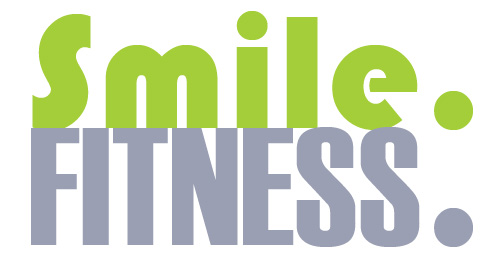It's understandable that people without specific knowledge would adhere to the general guidelines provided by people who obviously know about these things. If they say that after a workout we should stretch all of the major muscles used in the workout for around 15 seconds for a maintenance stretch then you would of course do it. My issue with this is that it's just not very personal and a prescription such as total body stretching can take around 10-15 minutes to complete, after every workout that could be around an hour a week or a couple of days a year. With time being a constant issue for many, time saving may help more people get the much needed exercise. Also, many have spent significant time stretching without significant improvements in the length of the muscle and subsequent range at the associated joint i.e. tight hamstrings seen in hip flexion, so stretching doesn't always stretch, fact, why not?
The body is complex, there are any number of reasons why one would have a tight muscle, if the reason is not to do with an unaccustomed sensory experience of the stretch feeling then what is it? The answer lies in the relationship of that muscle with the rest of the body, indeed the first place to look might be around the local region but this is commonly not the case. If stretching the hamstring as an example over 8 weeks doesn't work then I'd stop doing it and look elsewhere, in my experience, your best bet is a Biomechanics Coach but it all depends on the experience and knowledge of the specific professional.
So with all of the knowledge that I have accrued over the years my advice would follow thus:
1. Follow a programme of exercise that maintains structural balance and you will reduce the need to correct posture with stretching or other interventions.
2. Prevent static postures for extended periods of time to reduce the need to correct faulty movement and postural issues gained from them.
3. Use massage techniques such as foam rolling and self massage to help maintain natural viscoelastic properties of tissues and work out old issues.
4. Avoid injuries from progressing too quickly in exercise and vary activities to reduce overuse injuries, get injuries seen to as soon as they present.
5. Maintain a healthy diet and level of hydration.
6. Reduce stressful situations and utilize methods such as deep breathing and meditation to combat it if you become stressed.
7. Get the rest your body requires.
8. If a muscle or movement feels like it needs stretching then by all means do so. It might not need stretching, it might need the opposite or something else entirely. Seek further advice from an adequately qualified professional on the correct approach to treat an issue if there is no change. Be prepared that this may take time to assess and develop a strategy for you.
To review, stretching probably shouldn't be called stretching but it is, off the top of my head I can't think of a better single name. Personally I would attempt to decide what the required outcome is and call the movement something to do with that. Muscular Sensory Reprogramming MSR springs to mind for traditional use of stretching. So generally in the absence of better advice I'd carry on with your stretching as you wish, if your body is trying to tell you something via pain, discomfort or obvious movement issue then you should pay attention and have a professional investigate.
Here's a quote from an incredibly enlightening article I have finally read.
"Traditionally, rehabilitation literature has attributed increases in muscle extensibility observed after stretching to a mechanical increase in muscle length. A growing body of research refutes these mechanical theories, suggesting instead that in subjects who are asymptomatic, increases in muscle extensibility observed immediately after a single stretching session and after short-term (3- to 8-week) stretching regimens are predominantly due to modification in subjects' sensation. This research brings to light the importance of using sensory endpoints when assessing muscle extensibility, the value of multidimensional muscle length assessment, and the need for basic research in this field. Multidimensional evaluation of muscle length can lead to a more comprehensive and effective approach to addressing disorders of muscle length and has application in developing fitness guidelines".
Increasing Muscle Extensibility: A Matter of Increasing Length or Modifying Sensation?
